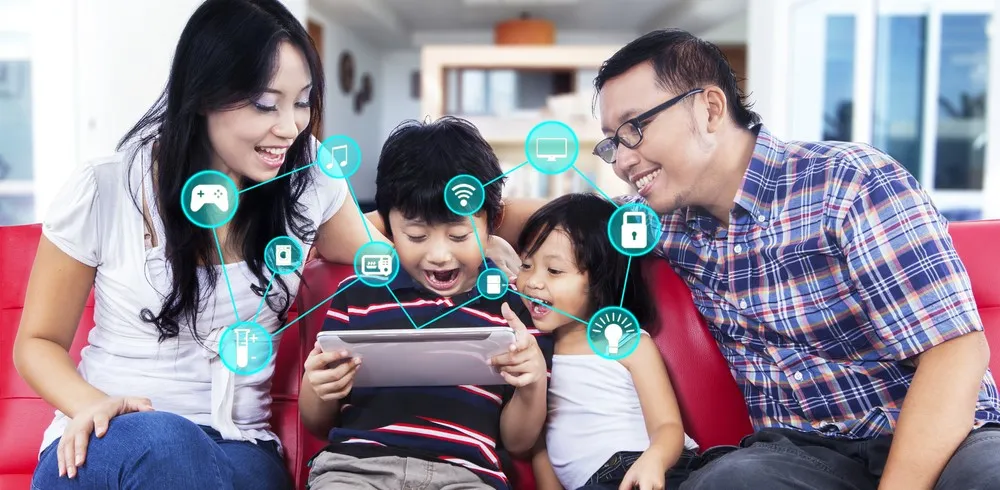
Your Family’s Smart Life
It’s 2018, and if you’ve had a moment to look at the news, conversations around smart tech seem to have reached a new level of friction. Here are some brief highlights:
- Smart homes are generally good
- Smart toys are potentially dangerous
- Smartphones are somewhat addictive
Interesting range of characterizations across the “smart” industry, yes? Let’s talk about the reality of the news regarding these industries.
This year’s International Computer Electronics Show (CES) continued with the vibe of making all appliances your assistants. While this is not a new topic, the technology supporting smart homes and artificial intelligence (AI) assistants continues to get stronger, more engaging, and more ubiquitous. If you’re an Alexa or Google Home user, this should bring you tremendous joy.
Some really fascinating examples of life-improving tech were on display at CES 2018, looking at enhancing quality beyond simply “taking direction.” Of note? My Special Aflac Duck, designed to help kids through their cancer treatment, and the L’Oreal UV Sense, which attaches to the fingernail and captures data about the wearer’s UV exposure.
While smart homes and devices continue to rise in popularity, smart toys have hit some rough waters.
Over the last few years, there have been growing concerns regarding connected technology for youth. In 2015, Hello Barbie’s speech recognition technology introduced privacy and data concerns for parents. 2016 saw even more privacy concerns around the recording of children’s voices during play. In July 2017, the FTC issued a warning regarding “privacy and contact” concerns for children, which impacted the appeal of smart toys during the holiday shopping season. And just this month, VTech settled with the FTC over violations of the Children’s Online Privacy Protection Act (COPPA) stemming from 2015.
With the growth and strength of the Internet of Things, and the constant focus on improving smart home tech, connected toys should be in the process of industry-wide security improvements. Additionally, innovators are looking for ways to engage children away from screens, creating immersive experiences that blend technology with in-the-moment interactions. This is still a young industry, and the instances of the last few years reinforce the need for better practices and stronger security concentrations moving forward.
In April 2017, discussing mobile technology and youth, Bill Gates told The Mirror, “You’re always looking at how it can be used in a great way — homework and staying in touch with friends — and also where it has gotten to excess.”
While the latest reports continue to question the benefits of 24/7 social access, there are many institutions investing in communication and recommendations for parents (including some Apple shareholders). And while emerging research may seem concerning, there are important actions you can take to reduce the impact technology has on your family. For example, turning off app notifications can significantly reduce interruptions and stress.
The smart in smart technology is not about making life “easier” but “better.” The goal of new technologies should be in pursuit of happiness and improving the quality of life, not replacing life. Vigilance is always needed, as well as education and protection. It isn’t about handing power over to technology, but allowing it to enhance relationships, time, and possibility.

